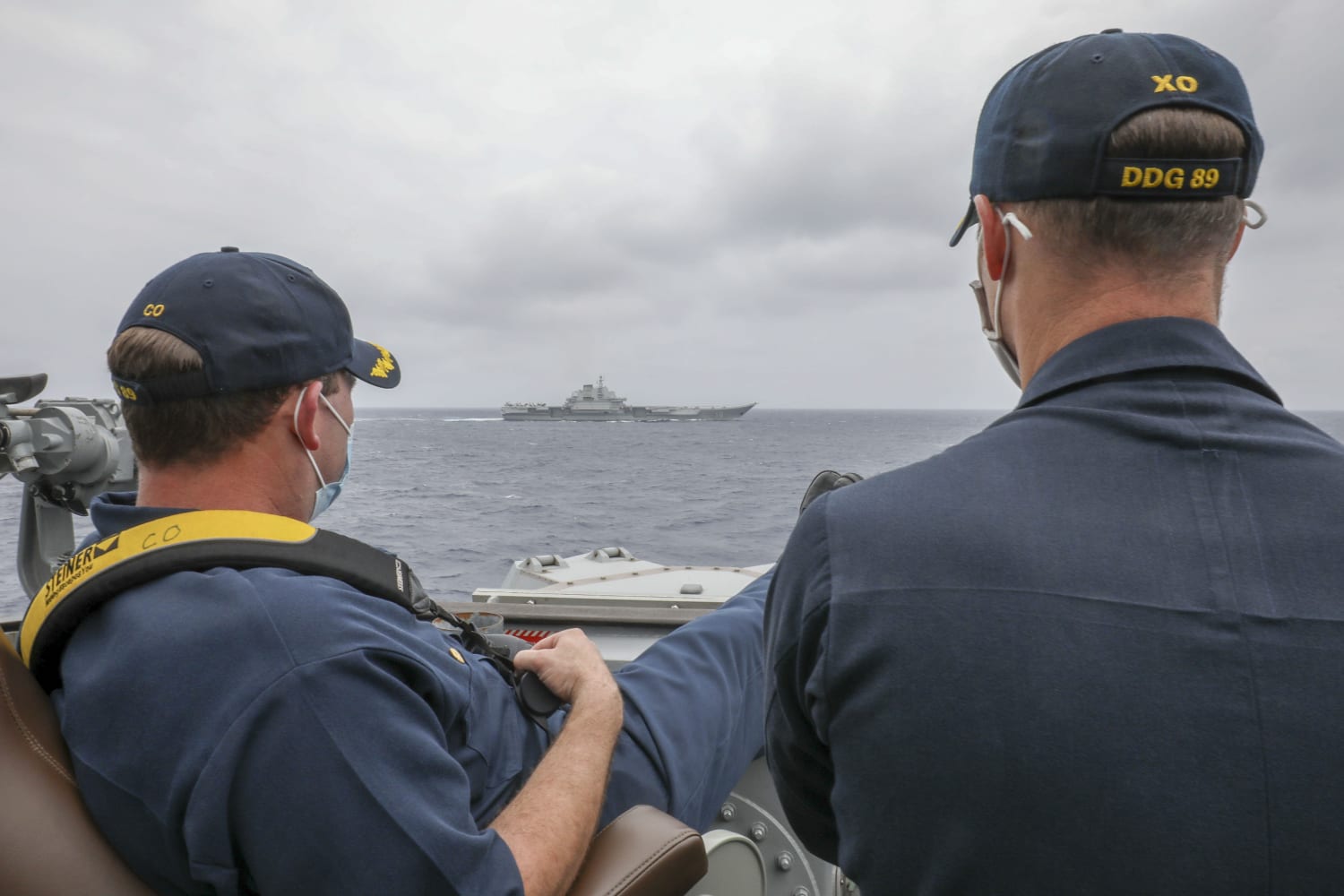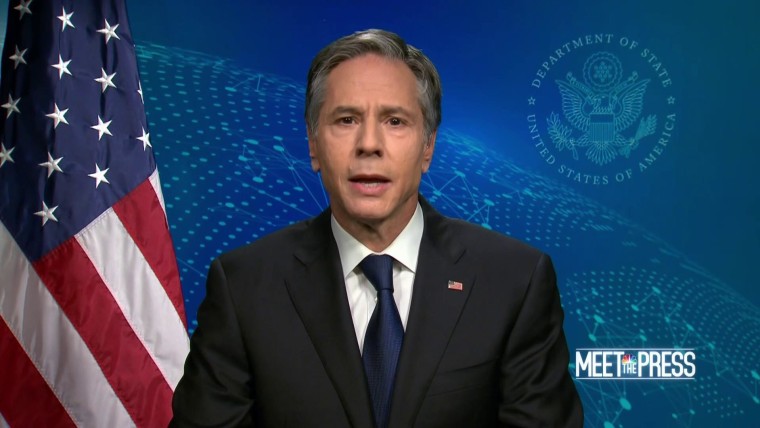Taiwan on Tuesday accused China of sending a record 25 warplanes into its air defense identification zone, in what analysts describe as a clear message to Washington from Beijing.
The planes flown Monday included 18 fighter jets, four bombers, two anti-submarine planes and a surveillance aircraft, according to Taiwanese officials. Taiwan issued radio warnings, scrambled fighter jets, and monitored the planes with anti-aircraft missile systems, they said.
Taiwan’s defense ministry began regularly reporting details of incursions into its airspace identification zone in September. Since then, it has reported aircraft from China’s People’s Liberation Army breaching its airspace on an almost daily basis.
An air defense identification zone is a self-declared area of airspace surrounding a country or territory within which it will seek to identify foreign military aircraft. Although the zones have no basis in international law, breaching another territory’s zone is seen as an act of aggression.
The flights came a day after Secretary of State Antony Blinken issued a stern warning to Beijing over what he saw as increasingly aggressive military posturing toward Taiwan. Blinken told NBC’s “Meet the Press” that the United States had “a serious commitment to make sure that Taiwan can defend itself.”
“It would be a serious mistake for anyone to try and change the existing status quo by force,” he added.
China sees Taiwan, which split from the mainland after the Chinese civil war and has self-governed for more than half a century, as an inseparable part of its sovereign territory. Chinese President Xi Jinping has said he will bring the island under mainland control, by force if necessary.
Chinese Foreign Ministry spokesperson Zhao Lijian responded to Blinken’s comments at the ministry’s regular press conference Tuesday, urging the U.S. to “refrain from playing with fire on the Taiwan issue.”
On Friday, the State Department issued new guidelines for government officials on interactions with their Taiwanese counterparts. The guidelines were intended “to encourage U.S. government engagement with Taiwan,” according to a statement.
Zhang Baohui, a professor at Hong Kong’s Lingnan University, said that the new American guidelines were a major preoccupation for Beijing.
“My own view is that Beijing has been highly concerned by recent U.S. efforts … fearing that this could motivate Taiwan further towards greater independence,” he said.
Tensions over the Taiwan Strait, which reached new highs under the Trump administration, have not abated since the beginning of Joe Biden’s presidency.
Download the NBC News app for breaking news and politics
Earlier this month, the Chinese aircraft carrier Liaoning sailed past Taiwan’s east coast in what the Chinese Navy said will become regular drills to “safeguard national sovereignty, safety and development interests,” Reuters reported. The U.S. Navy meanwhile released an image of its USS Mustin shadowing the Liaoning group at close quarters.
In March, Adm. John Aquilino, who has been tapped to lead the U.S. Indo-Pacific Command, told a Senate hearing that he believed Taiwan was China’s “No. 1 priority” in terms of military goals.
Jean-Pierre Cabestan, chair professor of political science at Hong Kong Baptist University, said that while Beijing’s aerial maneuvers were “testing the U.S. military and [its] commitment to Taiwan’s security,” recent suggestions from within the U.S. Navy of an imminent escalation to war were unlikely.
“But it is in China’s interest that the risks of war increase and are perceived both by Taiwan and the international community as increasing,” he said. “Their objective is to reach and affect the morale of the Taiwanese, their will to fight and resist, and make them understand that in the long run there is no other option but reunification.”
Source: | This article originally belongs to Nbcnews.com











